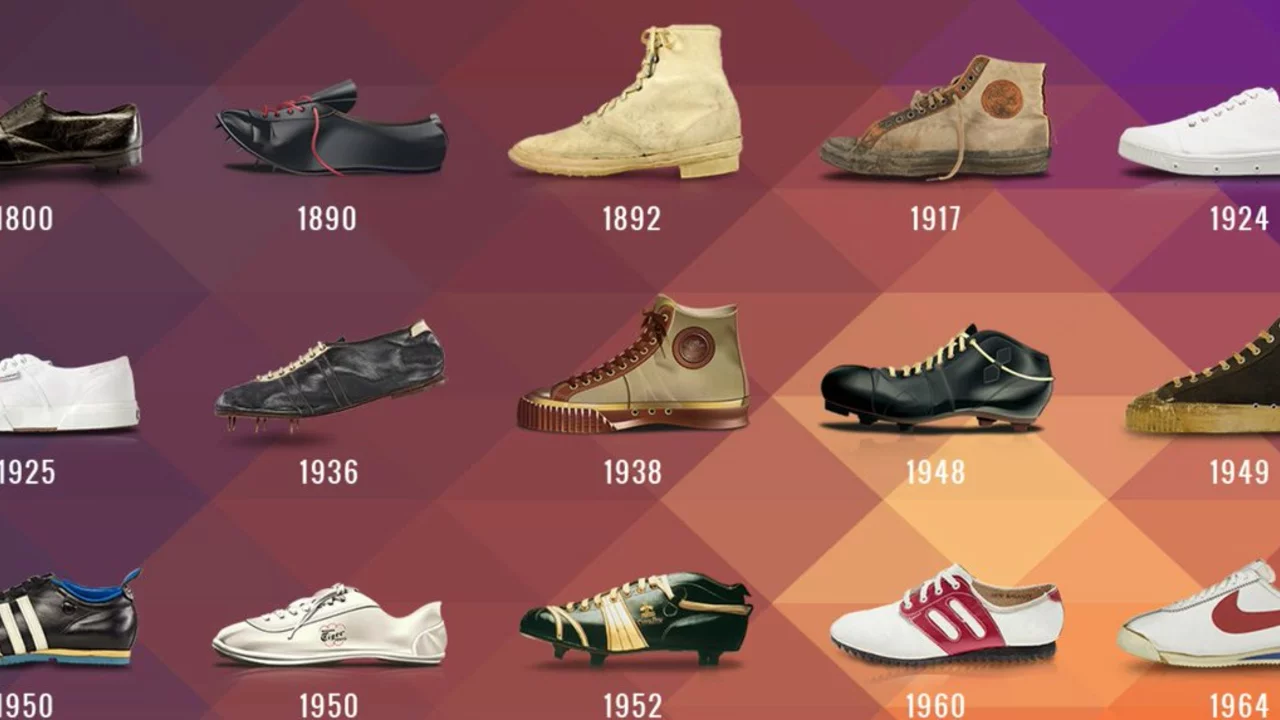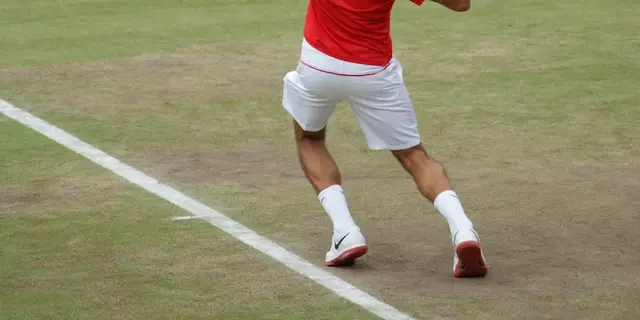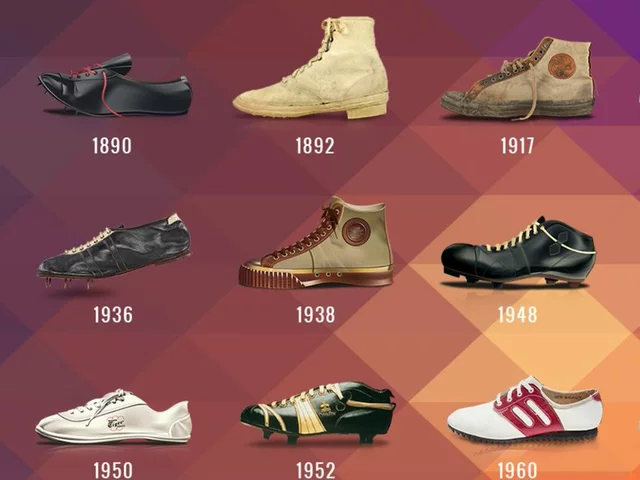Tennis Terminology Guide – Learn the Language of the Court
If you watch tennis without knowing the lingo, the action can feel confusing. Knowing the words behind the game makes every match easier to follow and helps you improve faster. Below you’ll find the essential terms every player and fan should know, explained in plain English.
Scoring Basics
Scoring in tennis is unique, and the terms are part of what makes the sport fun. A point is the smallest unit – win four points and you take a game, but you must be two points ahead (40‑30, 40‑15, or deuce). Six games win you a set, again needing a two‑game margin. If the set reaches 6‑6, a tiebreak decides the winner.
The words love (zero), 15, 30, and 40 are the score markers you’ll hear on the broadcast. When a player can’t continue because of injury or illness, they “retire” from the match, and the opponent wins the point, game, or set, depending on when the retirement happens.
Shot and Equipment Terms
Knowing the names of shots helps you talk about what works and what doesn’t. A serve is the shot that starts every point. It can be a flat serve (fast, low spin) or a kick serve (high bounce, heavy spin). The forehand is hit with the palm side of the racquet, while the backhand uses the back of the hand.
Equipment jargon is simple too. A racket has a “sweet spot” – the area that gives the best power and control. Beginners often start with a lightweight model like the HEAD Ti.S6 or Babolat Drive Max 110 because they’re easier to swing and have a large sweet spot.
When you hear “tennis elbow,” it refers to pain on the outer forearm caused by over‑use. Non‑medical treatments include rest, ice, and specific forearm exercises like wrist curls. Strengthening the forearm and biceps can reduce elbow strain while you keep playing.
Other terms you’ll hear: racquet string tension (tight strings give more control, looser strings add power), footwork (the movement that lets you get into the right position), and split step (a small hop just before your opponent hits the ball, helping you react faster).
Understanding these words does more than boost your vocabulary – it lets you ask better questions, follow coaching advice, and enjoy commentary without missing a beat. So the next time you watch a match, try to spot the terms we covered. The more you use them, the more natural they’ll feel, and the quicker your game will improve.

Why are all general sneakers called tennis shoes?
In my latest blog post, I explored why we often refer to all general sneakers as "tennis shoes". This commonality is rooted in history when the first rubber-soled shoes, designed for playing tennis, entered the market. Over time, this name stuck and became a generic term for all rubber-soled athletic shoes, regardless of the specific sport they were designed for. So, even though we've got basketball shoes, running shoes, and more, we still often call them all "tennis shoes". It's an interesting tidbit of fashion and sports history that continues to influence our language today.
Detail



